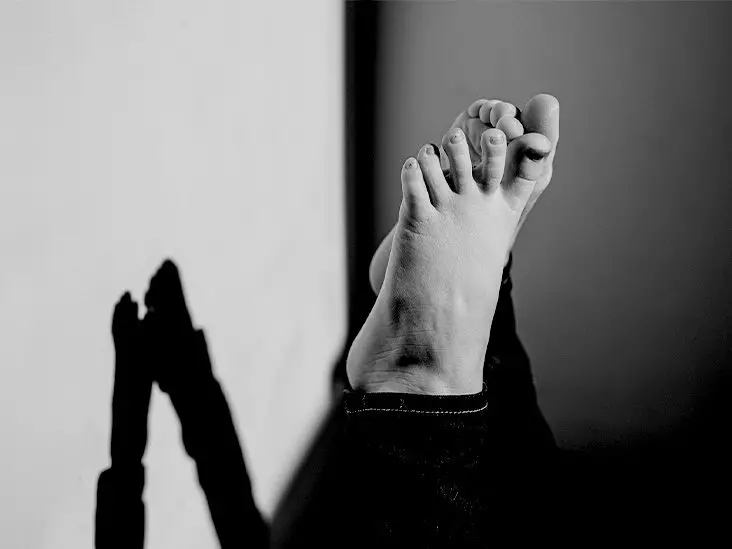Peripheral Vascular Disease (PVD) affects millions of people in the United States, with symptoms primarily manifesting in the legs and feet. These symptoms may include tingling, cramping, weakness, pain, slow wound healing, diminished pulse, numbness, shiny skin, muscle shrinkage, and changes in skin color and temperature. These symptoms often worsen during physical activity due to the decreased blood flow required by the body’s tissues.
The most common cause of PVD is atherosclerosis, which results from the accumulation of fatty plaque in the blood vessels. This build-up restricts or blocks blood flow, leading to the aforementioned symptoms. Risk factors that increase the likelihood of developing atherosclerosis include age, smoking, high blood pressure, diabetes, and sedentary lifestyle.
Treatment for PVD varies based on the severity of the condition and the presence of complications. Lifestyle modifications such as regular exercise, a healthy diet, and smoking cessation can help alleviate symptoms and reduce the risk of complications. Medications like angiotensin ll receptor blockers, statins, and vasodilators can also be prescribed to manage blood pressure, cholesterol levels, and improve blood flow.
In more severe cases, surgical procedures may be necessary to address blocked or narrowed blood vessels. Angioplasty, bypass surgery, and atherectomy are common surgical treatments used to restore proper blood flow to the affected areas. These procedures aim to reduce symptoms and lower the risk of complications associated with PVD.
Complications of PVD can include reduced mobility, heart attack, stroke, and critical limb ischemia (CLI). CLI is a severe condition characterized by severely reduced blood flow to the legs, leading to pain, skin changes, and risk of amputation. Prompt treatment is crucial in preventing these complications and improving overall prognosis.
Regular monitoring and management of PVD symptoms are essential in preventing disease progression and reducing the risk of complications. Lifestyle changes, medication adherence, and following a customized treatment plan recommended by healthcare providers are key aspects of managing PVD effectively. Additionally, early intervention and comprehensive care can help improve long-term outcomes for individuals with PVD.
Peripheral Vascular Disease is a prevalent condition that can significantly impact an individual’s quality of life if left untreated. Understanding the symptoms, causes, and treatment options for PVD is crucial in promoting early detection and effective management of the disease. By implementing lifestyle modifications, adhering to medication regimens, and considering surgical interventions when necessary, individuals with PVD can minimize symptoms, prevent complications, and achieve better health outcomes. If you or a loved one are experiencing symptoms of PVD, it is important to consult a healthcare professional for a comprehensive evaluation and personalized treatment plan.

